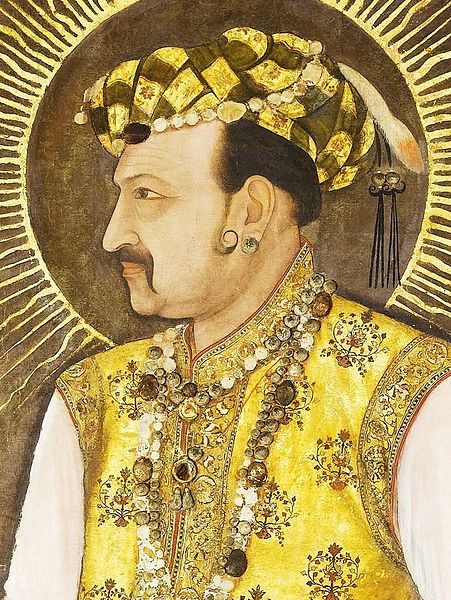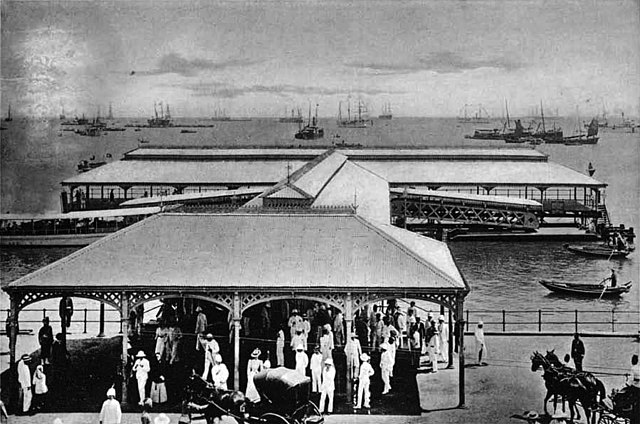Robert Clive, 1st Baron Clive,, also known as Clive of India, was the first British Governor of the Bengal Presidency. Clive has been widely credited for laying the foundation of the British East India Company (EIC) rule in Bengal. He began as a writer for the EIC in 1744 and established Company rule in Bengal by winning the Battle of Plassey in 1757. In return for supporting the Nawab Mir Jafar as ruler of Bengal, Clive was guaranteed a jagir of £30,000 per year which was the rent the EIC would otherwise pay to the Nawab for their tax-farming concession. When Clive left India in January 1767 he had a fortune of £180,000 which he remitted through the Dutch East India Company.
Clive in military uniform
St Mary's Church, Market Drayton, whose tower Clive is reputed to have climbed
Clive House at Fort St. George, Chennai
Plaque at Clive House
The Bengal Presidency, officially the Presidency of Fort William in Bengal and later Bengal Province, was a province of British India and the largest of all the three Presidencies. At the height of its territorial jurisdiction, it covered large parts of what is now South Asia and Southeast Asia. Bengal proper covered the ethno-linguistic region of Bengal. Calcutta, the city which grew around Fort William, was the capital of the Bengal Presidency. For many years, the Governor of Bengal was concurrently the Governor-General of India and Calcutta was the capital of India until 1911.
Jahangir first permitted the East India Company (EIC) to trade in Bengal
Robert Clive at the Battle of Plassey in 1757, which marked the defeat of the last independent Nawab of Bengal Siraj-ud-Daulah
The Impeachment of Warren Hastings
Johnston's Pier, Singapore, c. 1900








